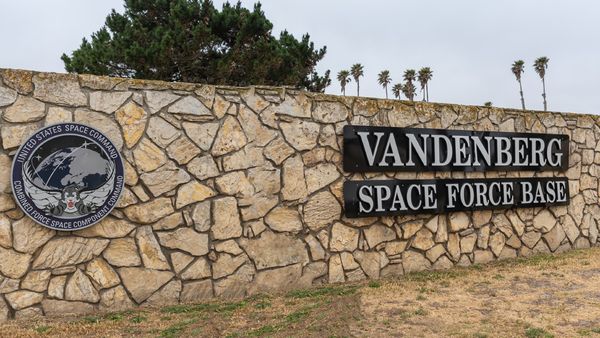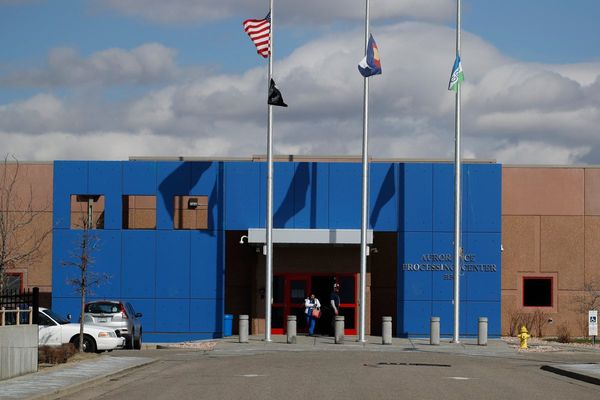
In one corner of a nursery located just outside Bundaberg, 57 macadamia saplings propagated from wild cuttings may hold the key to the long-term survival of this threatened species.
The general manager of Macadamias Australia’s orchard, John Vaughan, is waiting for warmer weather before planting the saplings on two hectares set aside by the family-run producer for a planned “insurance population” of 640 wild-sourced trees.
“The previous dry years have made suitable genetic material very limited as wild trees have not flushed and produced new wood suitable for using to strike cuttings,” Vaughan says.
Macadamias originated in Australia, before being exported to Hawaii, but the four native species are under increasing pressure to survive, prompting concerted efforts to maintain them.
Members of the Macadamia Conservation Trust are, with permission, collecting genetic material from national parks and other sites, and handing over the fledgling trees to Macadamias Australia for safekeeping.

A mix of all four species of macadamia is represented in the collection, including the most vulnerable, the Macadamia jansenii, which is as rare as Australia’s Wollemi Pine.
Only 200 individual Macadamia jansenii trees remain in the wild, all in the Bulburin national park to the north-east of Bundaberg. Disaster almost struck four years ago, when bushfires came within 10km.
The arboretum is just one of several emerging projects designed to preserve the living gene bank that exists within the last remaining wild trees.
Although the global macadamia industry is big business, worth an estimated $1.94bn in 2020, the founder of the Macadamia Conservation Trust, Ian McConachie, says most commercial plantations have a limited genetic base.
About 80% of all macadamia trees grown throughout the world are varieties developed in Hawaii.
“(These) came from one or one cluster of a population of macadamias in Australia,” McConachie says.
Limited genetic diversity makes the trees vulnerable to disease, pests, natural disasters and global heating.
Executive officer of the Macadamia Conservation Trust, Denise Bond, says 90% of Australians wrongly believe macadamias come from Hawaii, but the world’s most expensive nut actually originated in the rainforests of Australia’s east coast.
Due to scattered distribution, habitat loss and other negative effects, all four species are listed as threatened under Queensland, New South Wales and commonwealth legislation, with about 90% of wild macadamia trees lost since European settlement.
“There are lots of macadamia orchards around the world and this lulls people into a false sense of security, because wild macadamias need looking after,” Bond says.
On Wednesday the Macadamia Conservation Trust is launching another weapon in its fight to build public awareness about the need to preserve wild macadamia populations.
Developed in collaboration with the Queensland Parks and Wildlife Service over a four-year period, the Walk with Wild Macadamias offers a signposted tour through a portion of Amamoor State Forest in the Mary Valley, one of the most important habitats for wild macadamias.

Two of the four species of macadamia grow in the Gympie, Noosa and Sunshine Coast regions.
Up to 75% of the edible Bauple or Queensland nut – Macadamia integrifolia – trees on the Macadamia Conservation Trust database grow at Amamoor, while the smaller and bitter Gympie or Maroochy nut, Macadamia ternifolia, grows to the south and east.
The self-guided walk, located near a picnic area on Amamoor Creek, is designed to be short and accessible, stretching for just 540 metres.
Because macadamias’ glossy leaves blend into the rainforest background, they can be difficult to spot in the wild, so QPWS rangers have identified and signposted a number of wild trees along the track.
“Interpretive signs explain how to identify macadamias, showcase some macadamia trees and challenge the visitor to find more,” Bond says.
Ongoing research is also seeking to unravel the secrets behind the macadamia genome, with Queensland scientists publishing the genome sequence for Macadamia jansenii late last year.
According to Robert Henry, a professor of innovation in agriculture at the University of Queensland, a better understanding of macadamias’ genetic code may pave the way towards varieties with greater disease resistance, lower oil content and other favourable properties.
The Macadamia Conservation Trust is also engaged in a project to use carbon-dating technology to find out how long macadamias trees can live for.
Greater understanding of the natural distribution of macadamias and their physiology will further aid conservation planning, Bond says.







